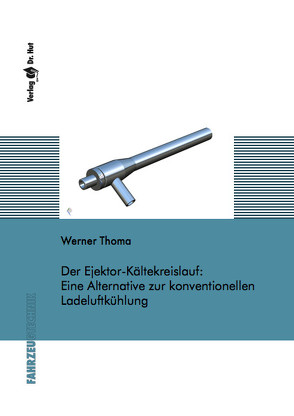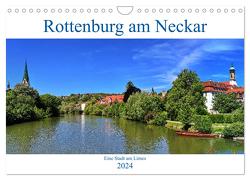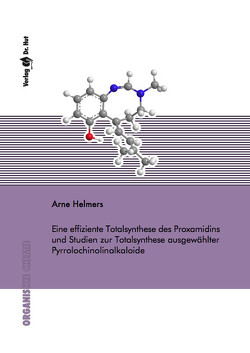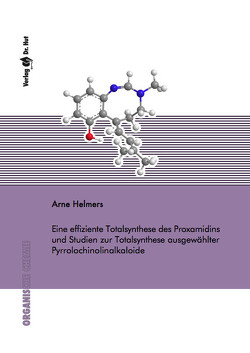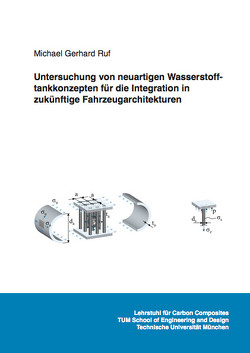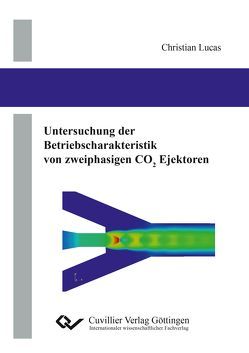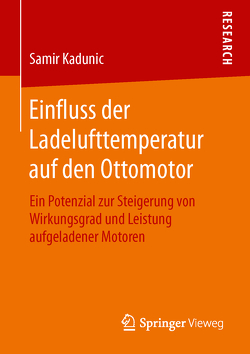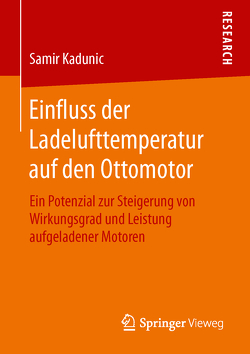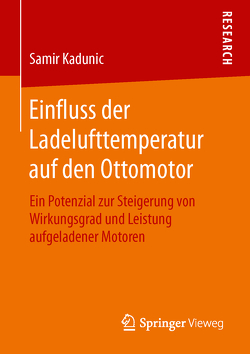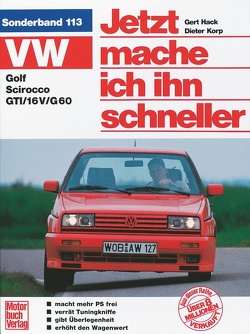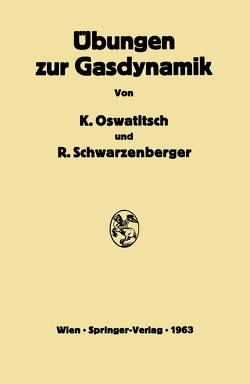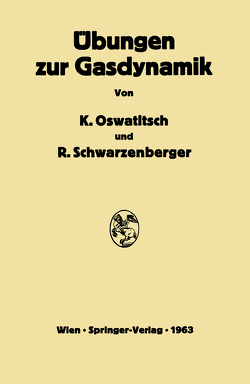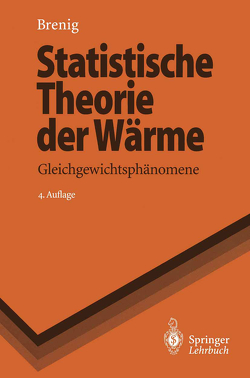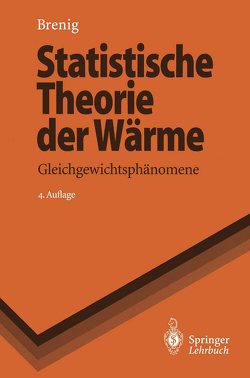Der Ejektor-Kältekreislauf: Eine Alternative zur konventionellen Ladeluftkühlung
Werner Thoma
An alternative must be developed for lowering the temperature of the charge air. The solution described in the literature, such as the ejector refrigeration circuit, represent possible alternative. However, due to its working medium R134a the ejector refrigeration circuit described doesn’t offer a solution for mobile applications. Due to the thermodynamic and environmental friendly properties of R744, the application of this medium for a working medium for the ejector refrigeration circuit is principally possible.
The topology of the ejector refrigeration circuit has to be extended in terms of energy consumption and benefits and the circuit variables have to be optimized. The expansion by an internal heat exchanger between high pressure and medium pressure reduces the heat transferred by the exhaust gas heat exchanger to the high-pressure level and thus also the heat has to be emitted from the gas cooler. The additional internal heat exchanger between the medium pressure and low pressure enables a reduction of the suction mass flow. As a result, the driving mass flow or the compressor output is lowered. The sensitivity analysis of all variables of the ejector refrigeration circuit shows a guidance for the operation of the ejector refrigeration circuit.
After the theoretical consideration of the R744 ejector refrigeration circuit, this circuit is compared with different selected systems, such as water injection, cold air process and cold steam process with regard to thermodynamics, Design for Six Sigma and costs. The overall result dominates the water injection as a preferred system.
The experimental verification of the newly developed ejector refrigeration circuit with R744 as a refrigerant shows a reduction in the charge air temperature before the engine and also a reduction of the exhaust gas temperature upstream of exhaust aftertreatment.
